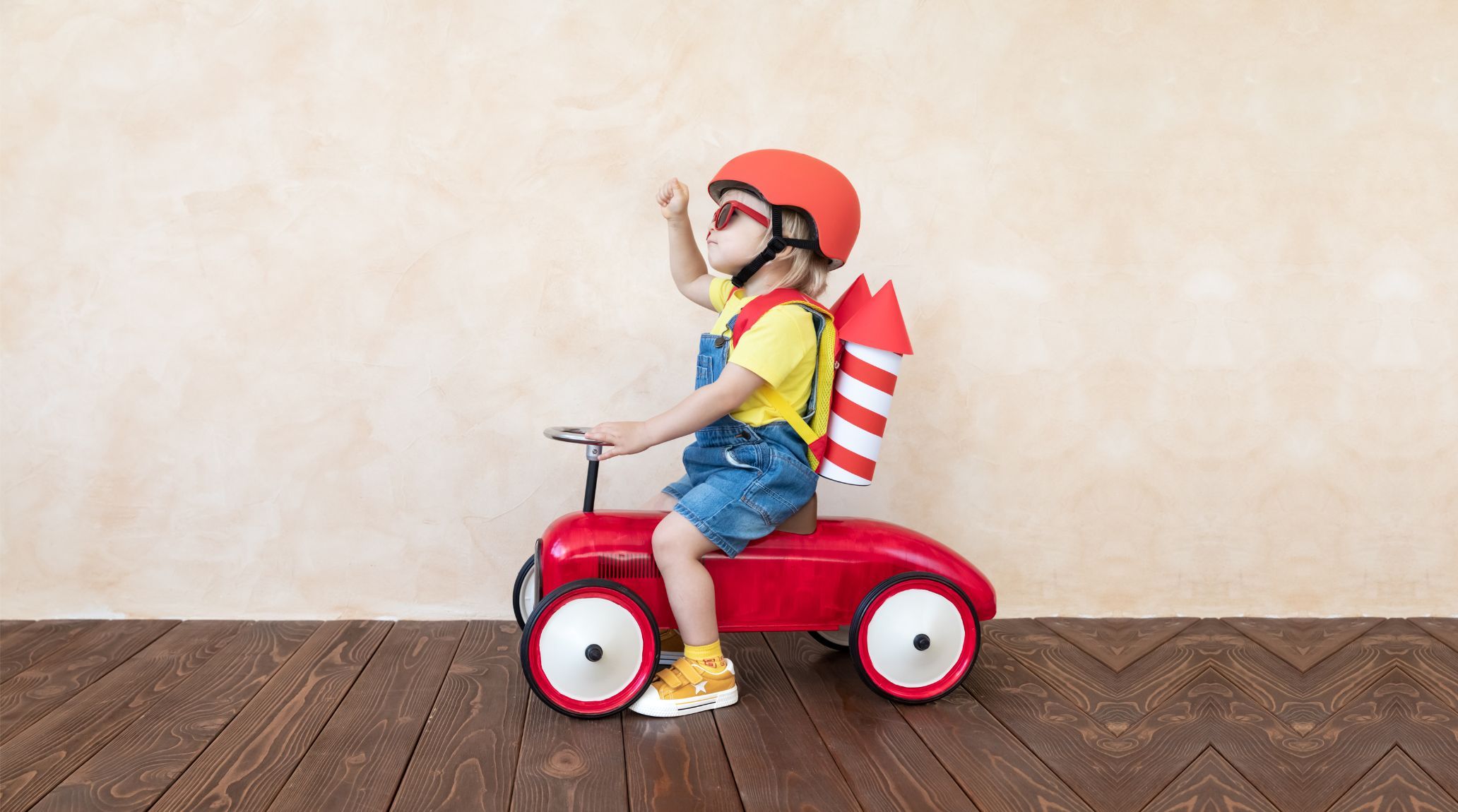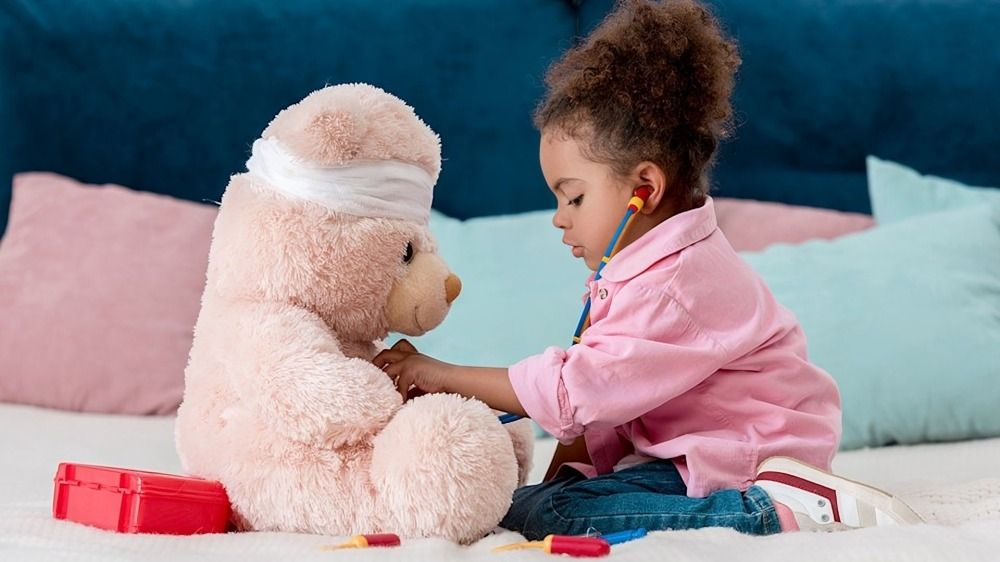
“
Ensuring the safety of children at home is paramount for every parent or caregiver. From navigating potential hazards to teaching responsible behavior, implementing effective safety rules is essential in creating a secure environment. This comprehensive guide explores crucial safety rules tailored to protect kids at home, offering practical tips and insights to promote peace of mind for parents and guardians alike.1
1
”
Children must memorise emergency numbers like 911 and understand how to use a phone to call for help in an emergency. Teaching them this ensures they know who to contact when needed, providing peace of mind for both children and parents.1
Children should never talk to or go anywhere with strangers without permission from a trusted adult. This rule helps them stay safe from potential dangers and teaches them to seek help from trusted adults when encountering unfamiliar situations. 2
Kids should be taught to stay away from hot stoves, ovens, and appliances to avoid burns. Teaching them how to safely handle knives and other kitchen tools ensures they can assist in cooking activities under adult supervision without risk of injury.3
Children need to understand that medicines should only be taken under adult supervision. Teaching them never to take medications from unfamiliar bottles and to ask an adult for help with any medicine ensures their safety.4
Children should learn to swim and understand the importance of never swimming alone without adult supervision. This rule ensures they can enjoy water activities safely and know how to respond in case of emergencies like drowning.5
Teaching kids to use bathroom products safely, such as avoiding running near slippery surfaces and not touching electrical devices near water, reduces the risk of accidents and injuries in the bathroom.6
Keeping windows locked or with safety guards prevents falls and accidents; teaching children not to lean or play near windows plays a violent role in avoiding injuries. Teach children by experiments.7
Teach children the importance of fire safety, including using matches and lighters safely. Practicing fire drills at home and having a designated meeting spot outside teaches them how to react quickly and safely in a fire emergency.8
Instruct kids to play on playground equipment that is age-appropriate and well-maintained. Teaching them to use swings and slides safely, including waiting their turn and sitting properly, reduces the risk of falls and injuries during playtime.9

Teaching children to approach and handle pets gently and never to bother animals while eating reduces the risk of bites or injuries from pets, fostering a positive relationship between children and animals.
Children should be taught to wear sunscreen while playing outdoor games and protective clothing outdoors to prevent sunburns and long-term skin damage from UV rays.10
Explaining the importance of age-appropriate toys is very necessary. Checking for broken parts ensures children play safely without risks of choking or injuries from unsafe toys.11
Securing heavy furniture and appliances prevents severe tipping accidents; teaching kids not to climb on furniture or pull on cords attached to appliances is very necessary for their safety.12
Storing cleaning products in locked cabinets and teaching children not to touch or play with chemicals ensures they are safe from accidental ingestion or exposure to harmful substances.13
Smartwatches and other wearables can track a child's location, heart rate, and activity levels. Some devices even have emergency buttons that can alert parents or emergency services.14
Teach children the importance of wearing protective gear like helmets, knee pads, and mouth guards when playing sports or engaging in physical activities. Emphasize the use of proper techniques and rules to prevent injuries.15
Monitoring online activities and teaching kids never to share personal information with anyone or meet strangers online ensures their safety from cyber threats and online predators.16

Basic first aid skills like applying bandages and knowing when to call for help prepare children to respond to minor injuries and emergencies until adults can assist.
Kids should learn about weather safety, such as staying indoors during thunderstorms and dressing appropriately for cold weather to avoid exposure-related illnesses.17
Teach children to avoid tools, equipment, and vehicles in the garage unless supervised by an adult. Explain the dangers of moving vehicles and the importance of closing garage doors to prevent accidents.18


